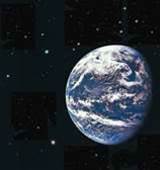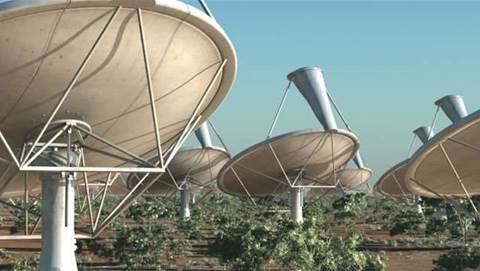
The James Webb Space Telescope has 18 mirror blanks which will form a mirror with an area more than seven times larger than Hubble's.
Nasa explained that a telescope's 'sensitivity', or how much detail it can see, is directly proportional to the size of the mirror that collects light.
"A larger area collects more light to see deeper into space. The larger mirror means that the James Webb Space Telescope will have excellent resolution, " the agency stated.
The telescope's mirror comprises 18 segments that form a total area of 25 square-metres when combined.
Because such a large object cannot fit into a rocket, the new telescope's mirror segments must be set into place when the telescope is in space.
Engineers solved this problem by allowing the segmented mirror to fold, like the leaves of a drop-leaf table.
Each of the 18 mirrors can be moved individually and aligned to act as a single large mirror.
Scientists and engineers can also correct any imperfections after the telescope opens in space, or if any changes occur in the mirror during the life of the mission.
Each segment is made of beryllium, one of the lightest metals known to man.
"The James Webb Space Telescope will collect light approximately nine times faster than Hubble when one takes into account the details of the relative mirror sizes, shapes and features in each design," said Eric Smith, James Webb programme scientist at Nasa headquarters in Washington.
The increased sensitivity will allow scientists to see when the first galaxies formed just after the Big Bang.


.png&h=140&w=231&c=1&s=0)
_(22).jpg&h=140&w=231&c=1&s=0)
_(20).jpg&h=140&w=231&c=1&s=0)



_(26).jpg&w=100&c=1&s=0)

 iTnews Executive Retreat - Security Leaders Edition
iTnews Executive Retreat - Security Leaders Edition











_(1).jpg&h=140&w=231&c=1&s=0)



